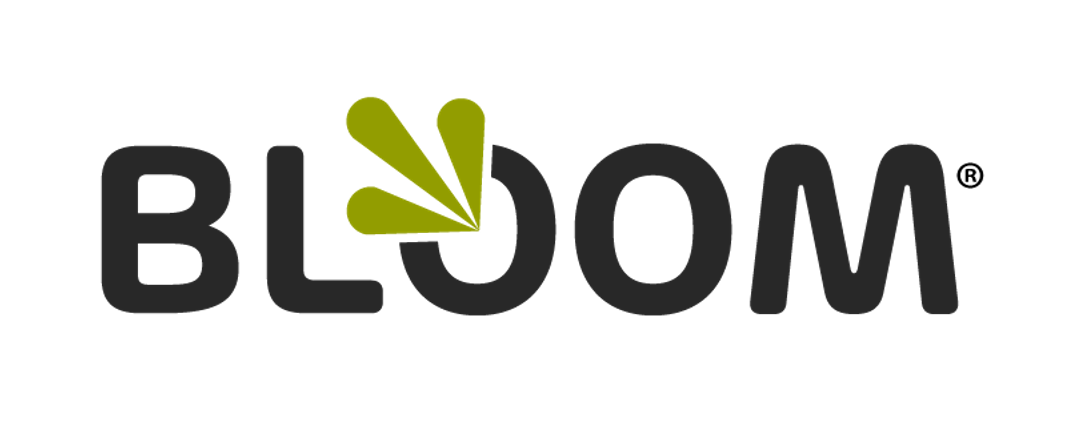Team Leadership Resources
Support Your Managers with Routine Team Performance Dialogues
We developed the BLOOM® performance management system to take bigger picture questions into account, and you should be asking those questions if you’re not already. Specifically:
Understand the Components of Talent Management
When thinking about your organization’s future, it’s important to think not only about goals, objectives, and initiatives, but obviously how to achieve them. A major contributor is obviously your employees.
Simplify! Performance Management That Really Works!
Think about why and how you use (or would use) a talent management system. Just to keep track of employee performance and compensation data?
Transparency in Talent Planning & Performance Management
Before the economic downturn, SHRM reported in 2006 that 40% of workers were likely to change jobs when the economy turns. Has it happened? At Insight, we have used this statistic for years.
Beware the Inaccuracies of Self-Perception in Self-Assessment
Most employees will stay within or close to their comfort zones. They’ll use self-assessments to justify their conduct rather than change their behaviors.
Tips on How to Cultivate A Creative Workforce
To achieve a true mindset of innovation takes commitment. Kuczmarski submits that eight building blocks that rest on three interconnected platforms:
Professional Development Progress Through Peer Coaching
Have you ever tried a new diet or committed to a New Year’s resolution only to lose momentum a week or two in? Have you asked a friend to check in on your progress or—even better—to join you? That’s a form of peer coaching that helps with accountability, and it’s just as applicable in the office as in the gym.
Two Things Managers Must Do After Reviews
If you follow our blog then you already know that we agree with much of what Marc Effron and Miriam Ort have to say in their book One Page Talent Management. The “must-do’s” in their chapter on talent reviews and succession planning is right on: managers must communicate results of a review with the employee, and they must follow up on action items.
Use Index Tools to Guide the Employee Development Process
The Kolbe A, B and C Indexes® provide a holistic understanding of the natural instincts and unique talents of each employee. Understanding these instincts enables you to form synergistic teams and empowers managers to develop effective approaches for successful leadership. Any size company can benefit from the Kolbe Wisdom® system.
When It Comes to Performance Issues, Know How to Give Feedback
Without neutral observation, effective feedback is nearly impossible, whether that feedback is aimed at a process, a group of people, or an individual. When using feedback to help people improve their processes or change behaviors, follow a few simple guidelines to make that feedback effective.
Increase Employee Engagement by Setting Simple Goals
Achieving a goal should yield growth, so make sure that each goal you set is attainable, but isn’t such a breeze to accomplish that it requires little to no effort. That means that a goal must be specific, too, so that the employee and the manager have a metric and can clearly see whether it’s been met.
Learn How to Write Effective Role Descriptions
The essential components of an effective role description

Start your journey
14 days free. No credit card. No commitment.












